
The Narwhal’s in-depth environmental reporting earns 11 national award nominations
From disappearing ice roads to reappearing buffalo, our stories explained the wonder and challenges of...
This story is part of When in Drought, a series about threats to B.C.’s imperilled freshwater systems and the communities working to implement solutions.
On a hot July afternoon Ahousaht Guardian Byron Charlie walked along the Bedwell River on the west coast of Vancouver Island. He was part of a restoration team there to rebuild a side channel of the river that had almost completely dried up.
Charlie said as they worked, the group came across small, calm pools of water — which usually act as cool refuges for fish — that were dangerously warm and low. They were so shallow, Charlie said, they weren’t much beyond “puddles.”
One of these small pools — Charlie estimates it was about six feet long and two inches deep — was teeming with tiny salmon. Knowing there was no end in sight to the summer heat and certainly no rain in the forecast, the team scooped up about 400 juvenile coho and transferred them to another part of the river.
Looking around, they noticed another pool filled with fish and agreed to return the next day to continue the rescue operation.
“If we didn’t do it that day, all those fish would have been gone,” Charlie told The Narwhal during an outdoor interview at a Tofino beach, describing how some of the small pools of water had completely dried up over night. “They would have been trapped there.”
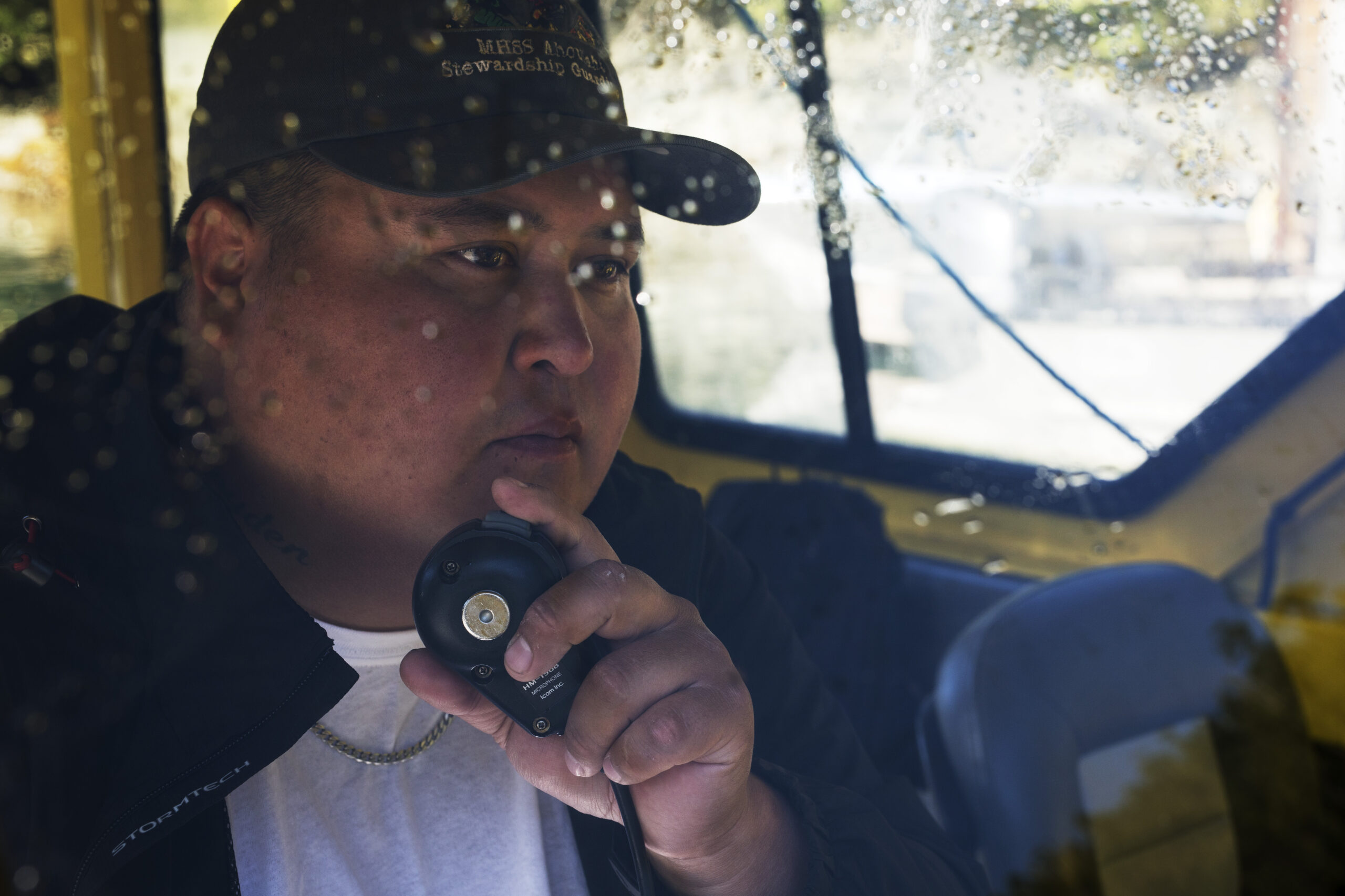
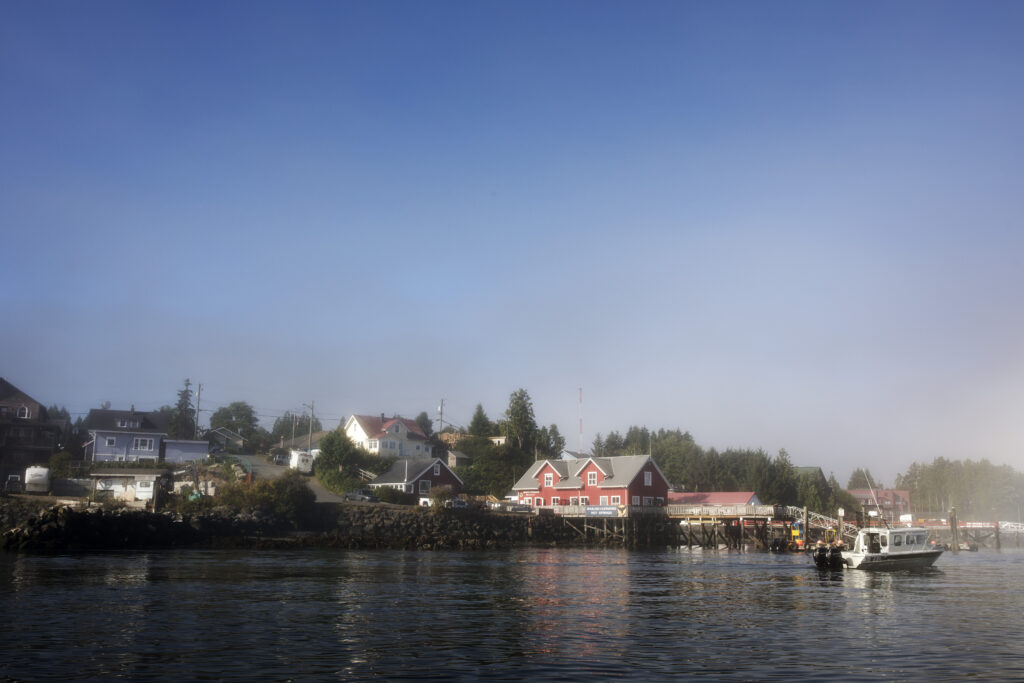
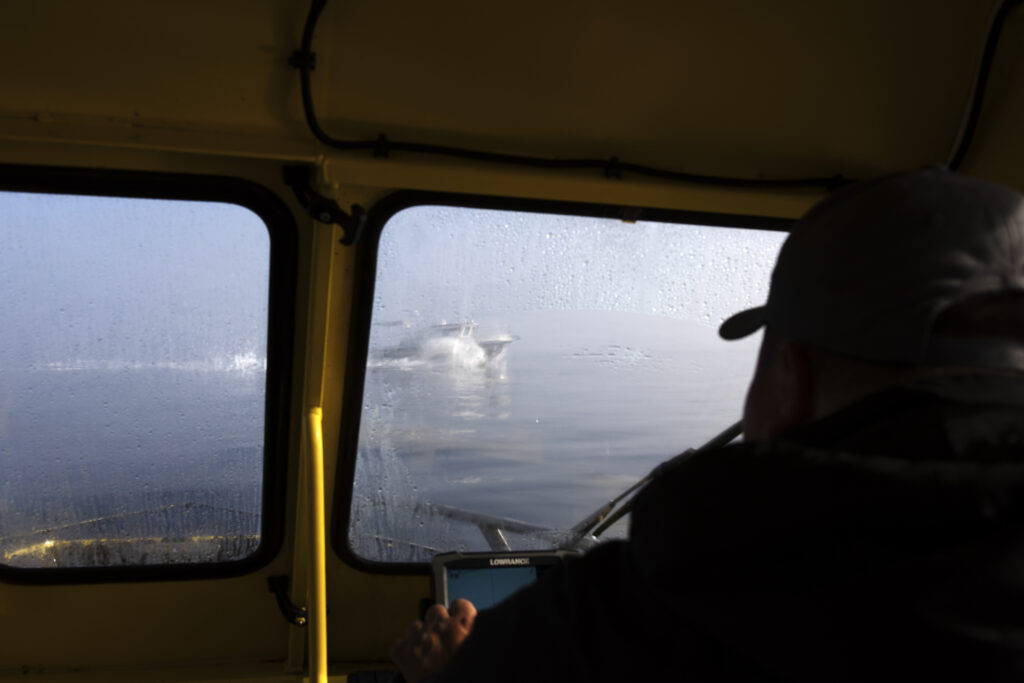
They returned to save another 600 juvenile coho from the second pool. Over the course of their project, they saved 1,600 fish, mostly coho. But not all the young salmon were so lucky, said Jessica Hutchinson, executive director of the Central Westcoast Forest Society, who was working with Charlie that day.
“We unfortunately came across a number of pools that we didn’t make it to in time,” she told The Narwhal in an interview. “A lot of salmon died.”
Hutchinson fears this summer, marked as it was by heat, fire and drought, is “an indicator of what’s to come” as climate change intensifies. At the time of Charlie and Hutchison’s baby salmon rescue mission, Western Vancouver Island was at level three drought, according to the British Columbia Drought Information Portal, which means adverse impacts to fish and ecosystems are “possible.” In August, those adverse impacts became “almost certain” as the region moved into drought level five. Despite cooler weather and some showers, the island remains locked in extreme drought conditions and, as waterways remain dry and unseasonably warm, many fish are struggling to survive.
To Hutchinson, the prolonged drought emphasizes the urgency of the Bedwell River restoration project, on which the Central Westcoast Forest Society is partnering with the Ahousaht First Nation.
“It was a terrible year for fish,” she said. “It’s good for us to see how fragile these salmon populations are and how close they are to the brink of extinction, and the importance of doing this work now before it’s too late.”
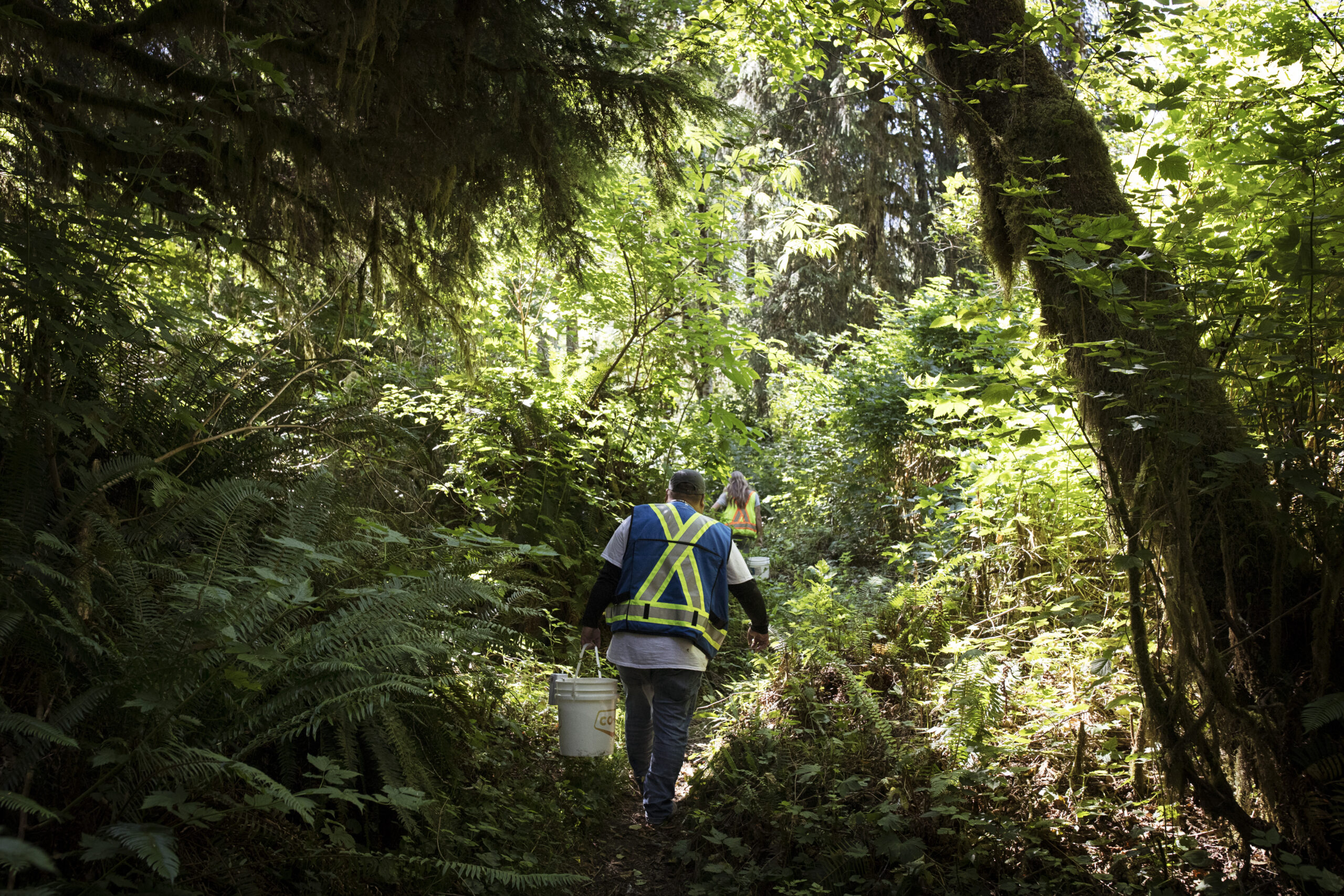
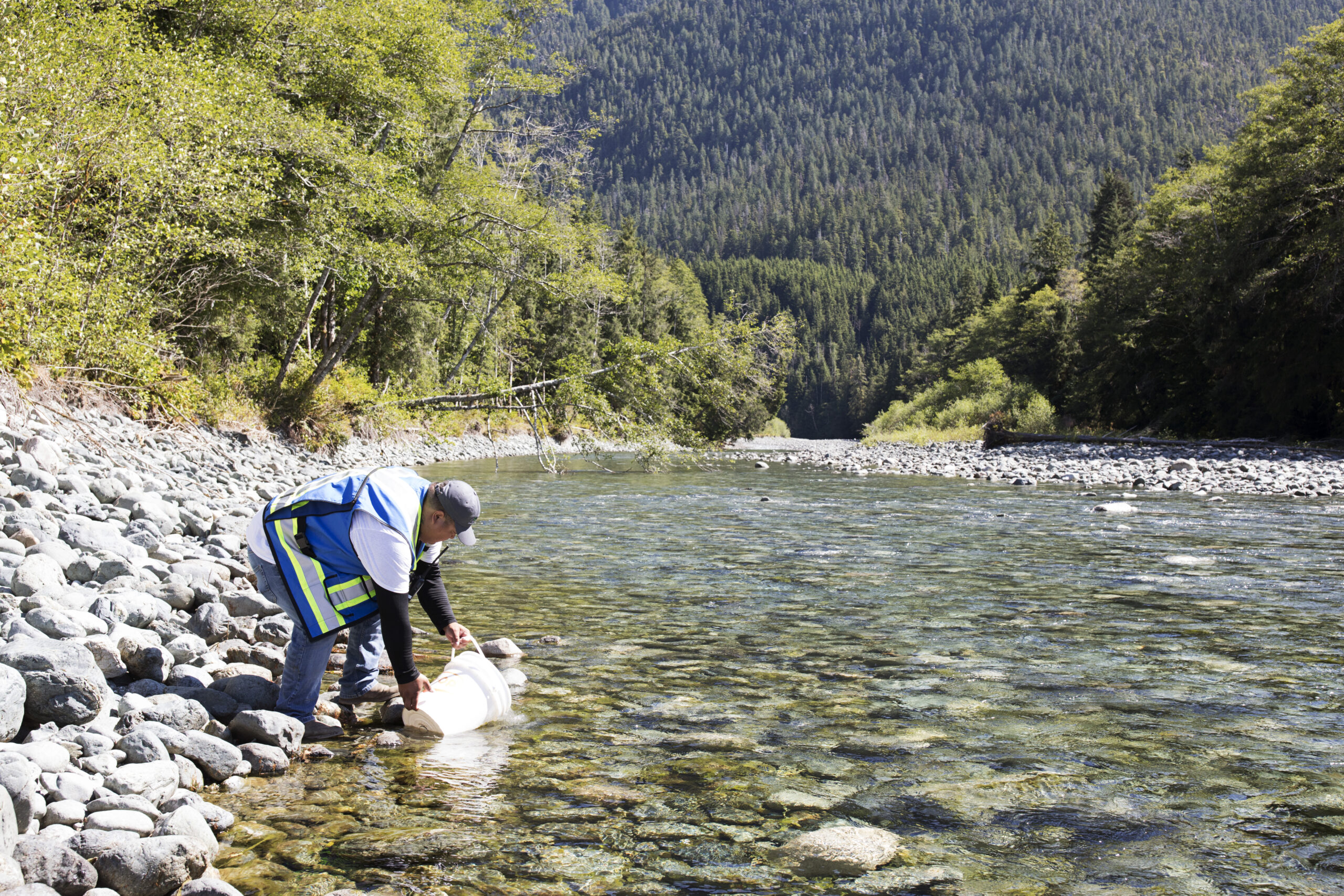
The drought exacerbated dry conditions in the Bedwell River, but the tributary that the restoration team focused their efforts on had already been mostly buried by erosion, caused by destructive logging practices throughout the 20th century.
“We’re seeing a lot of creeks go dry when a watershed is logged,” Hutchinson said, which is why she feels restoration “is key” to save salmon.
Cutting down trees and building logging roads contributes to and can accelerate erosion, increasing the amount of gravel and debris that enters a river during rainfall. While logging companies are now required to leave buffers of trees along rivers, that wasn’t required when Bedwell Sound was logged.
“Without the extensive root systems that hold the integrity of the river together, the river really unravels,” Hutchinson said. A disrupted river can widen and become more shallow, meaning it will dry up more easily in hot and dry weather, which further compounds the impacts of erosion.
The shallower the water, the more intensely rain events can impact spawning beds, Mandala Smulders, Central Westcoast Forest Society’s director of operations, said.
“Tiny little fish just get washed out into the estuary and they’re not ready for all that predation, she said. Without pools and side-channels, “there’s nowhere for them to take refuge … it’s basically just like a highway, and they get washed out to sea when they’re born.”
“Water that used to be at the surface is now buried metres and metres below. We see these pools dry up and these fish die,” Hutchinson said.
That’s what brought the restoration team to Bedwell River this past August: to dig out side channels of the river, about six feet underground, to hit groundwater to get the tributary running again.
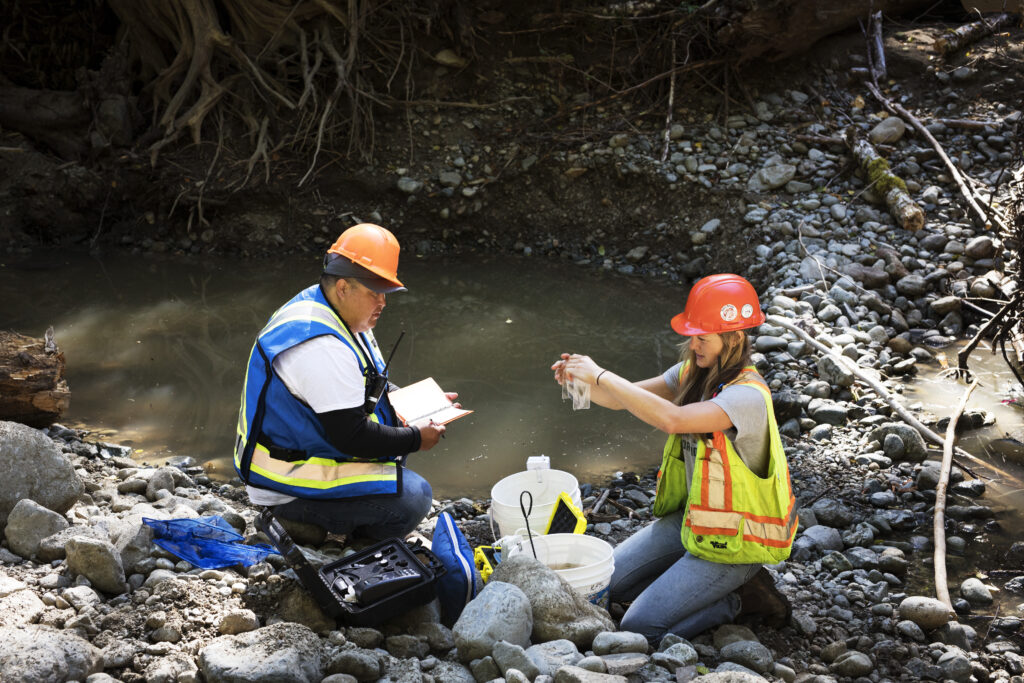
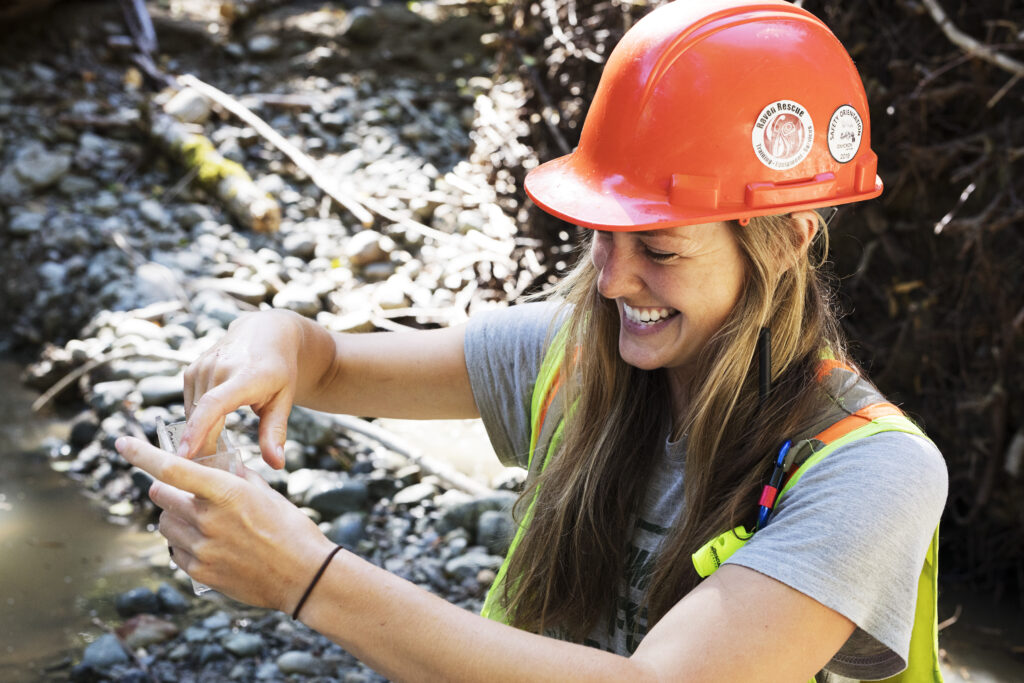
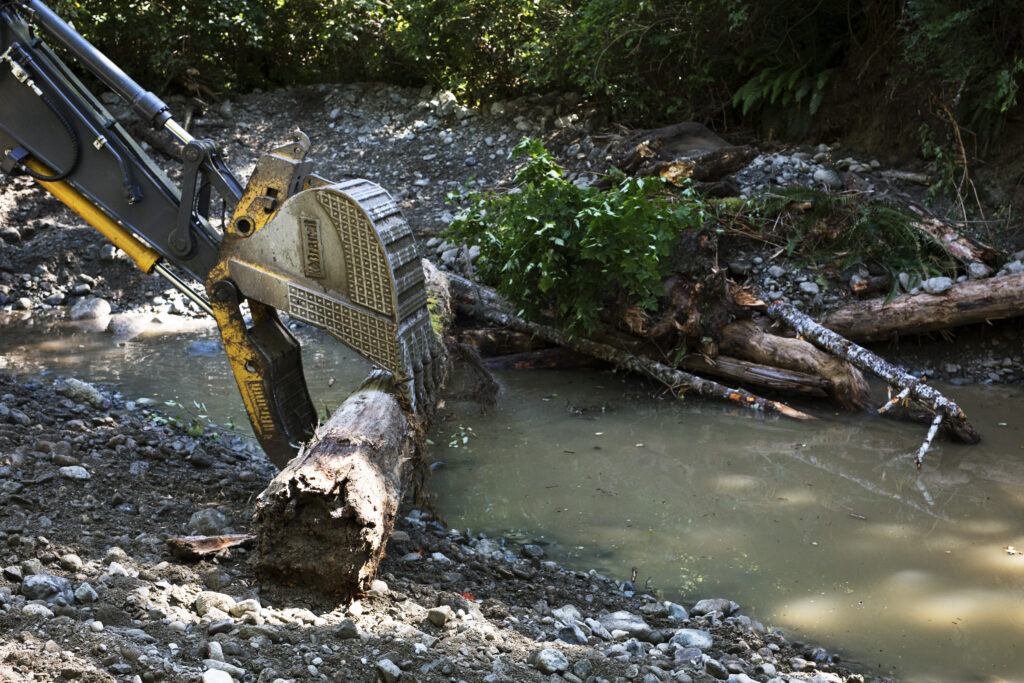
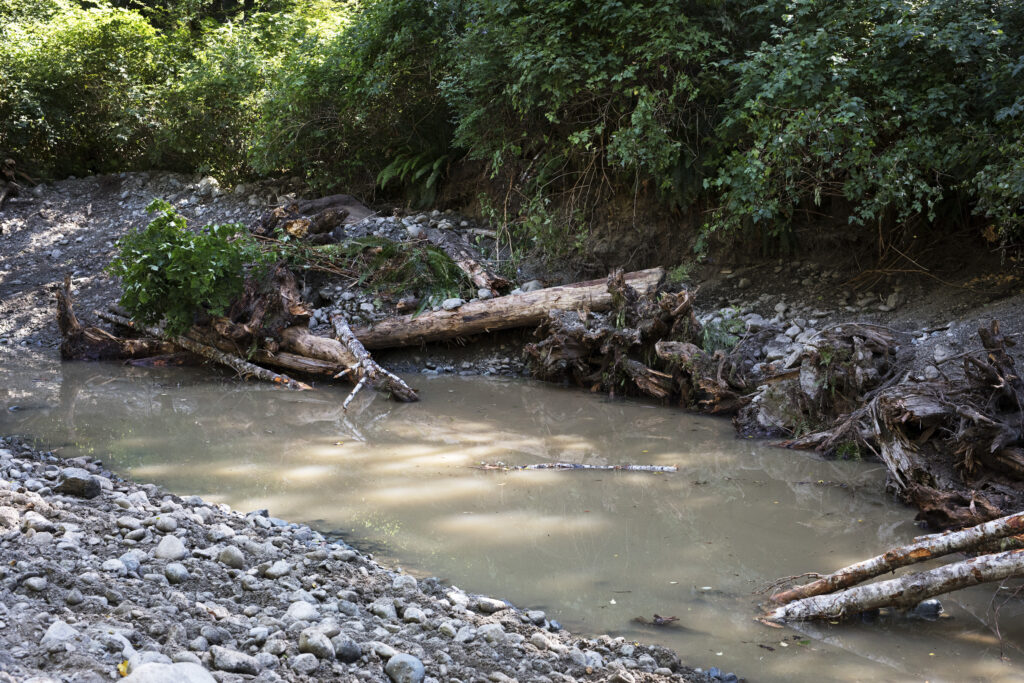

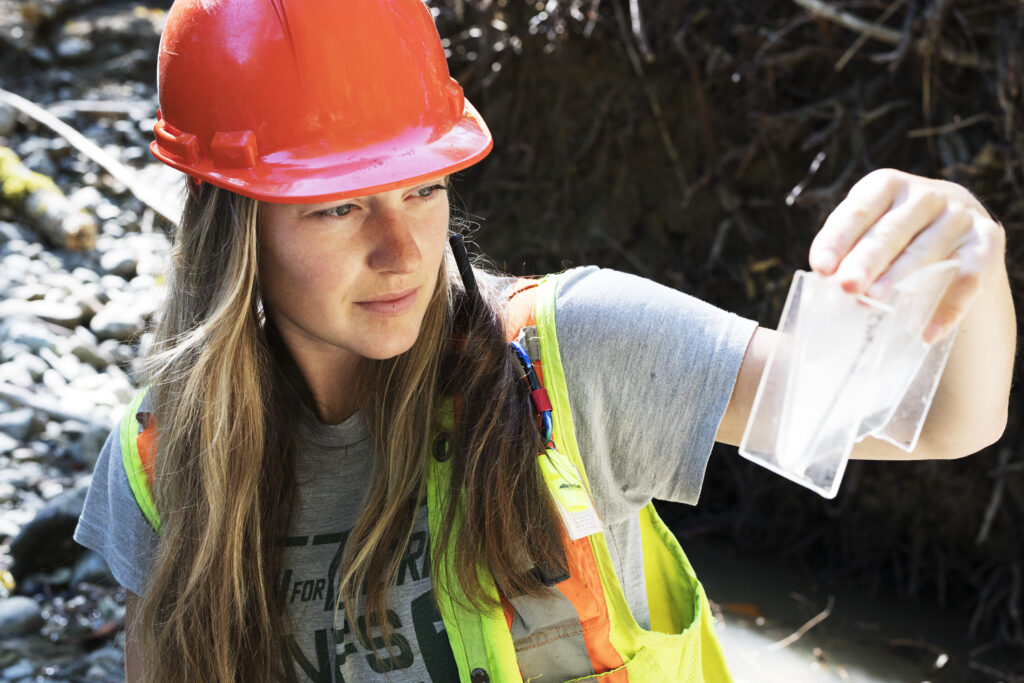
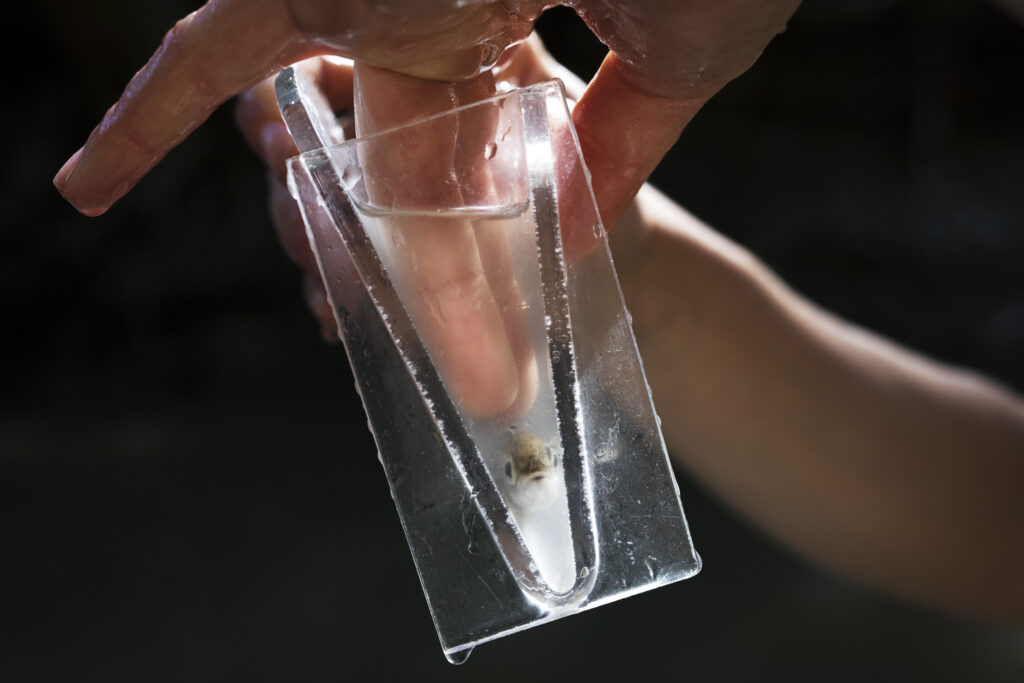
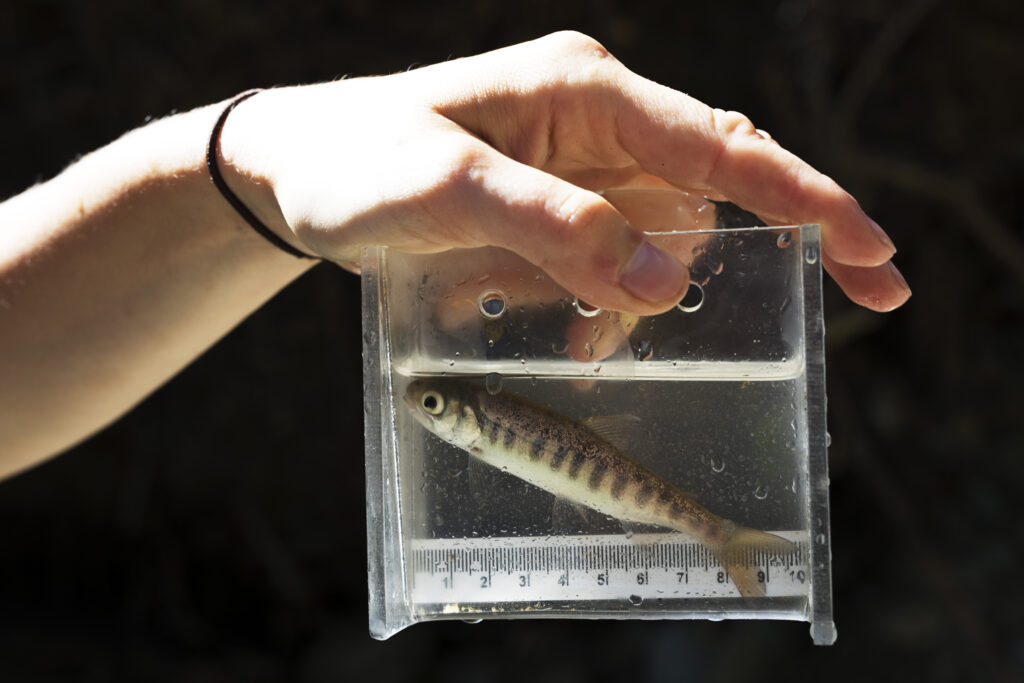
“There will be water flow all year so salmon won’t be stuck and dying in there,” Charlie said. Throughout September, the team is planting new trees along the river to restabilize the banks.
The work on the Bedwell River is funded by a $1 million grant that the society received from the province through the Healthy Watersheds Initiative. The province invested $27 million in watershed restoration as part of B.C.’s economic recovery plan to create jobs for workers affected by COVID-19.
“We have much to learn from Indigenous nations about stewardship of the land and water and, by applying their traditional practices and knowledge in concert with western science, together we are creating a healthier future for communities and species across B.C.,” George Heyman, Minister of Environment and Climate Change Strategy said in an Aug. 31 statement about the initiative.
The Central Westcoast Forest Society applied for the initiative funding in partnership with the Hesquiaht, Tla-o-qui-aht and Ahousaht First Nations of Clayoquot Sound to take on restoration in the nations’ territories. The First Nations identified areas of cultural and ecological importance to restore and the program now employs 25 people, of which 12 are Indigenous people from local nations.
Mandala Smulders, Central Westcoast Forest Society’s director of operations, told The Narwhal that while some of the jobs are on contract, they plan to find more funding to retain the new hires.
“We are trying to build internal capacity. The more experienced people get, the more we can put them on other projects,” she said.
The funding has so far been used to train 14 people in an environmental technician certificate program. Ten of those trainees were Indigenous, including Charlie, who was also supported in First Aid training.
“[Restoration] is essential to the survival and sustainability of salmon in our territory,” Charlie said. “I’m hoping it’s going to have a really big impact on the river systems here and see our [salmon] numbers start climbing again.”
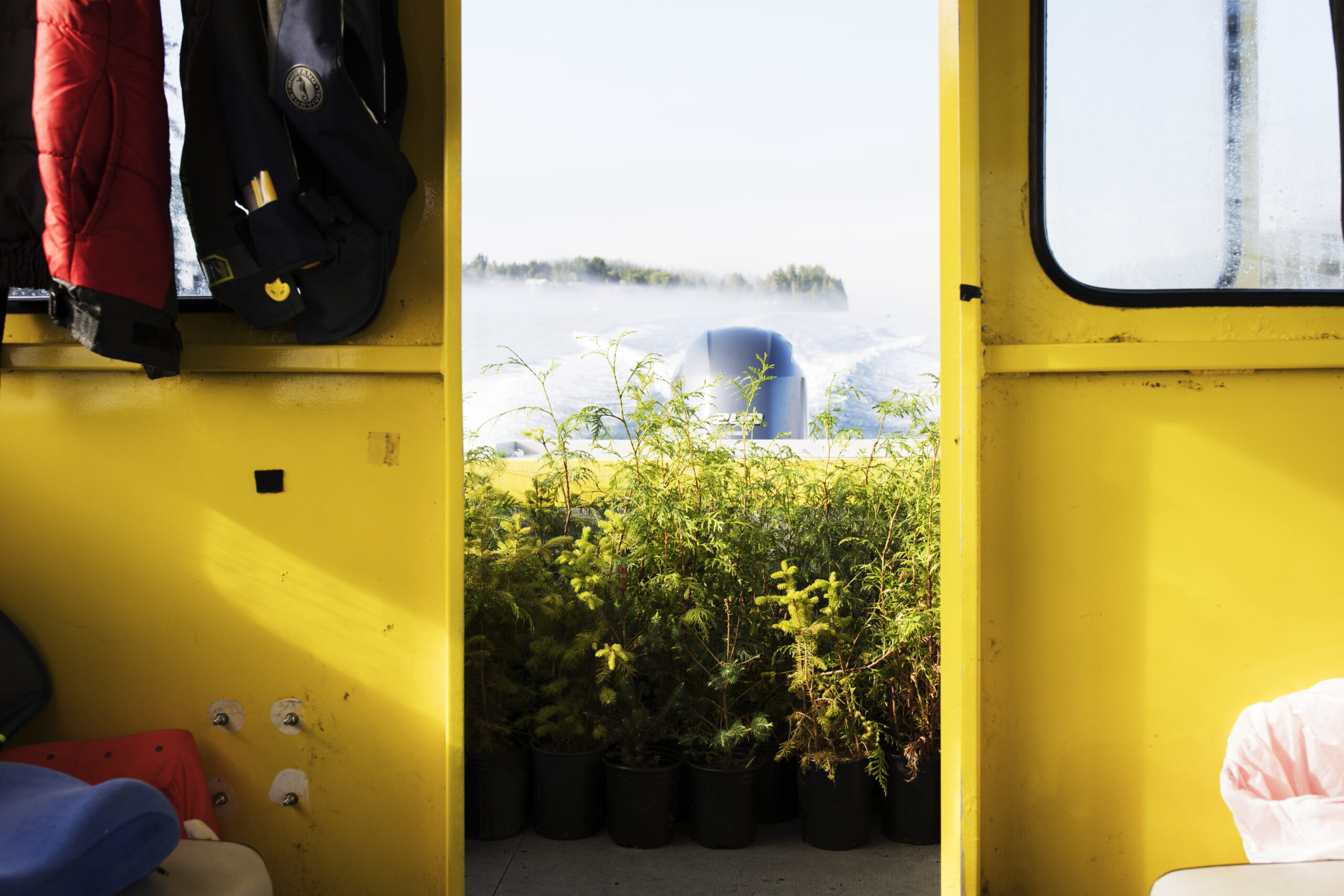
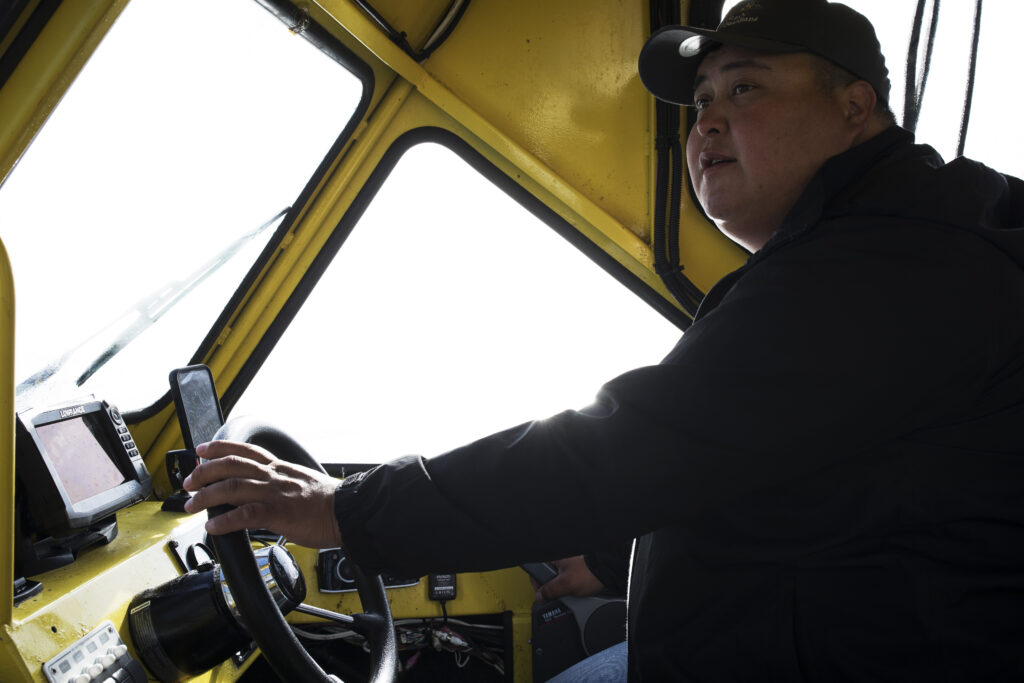
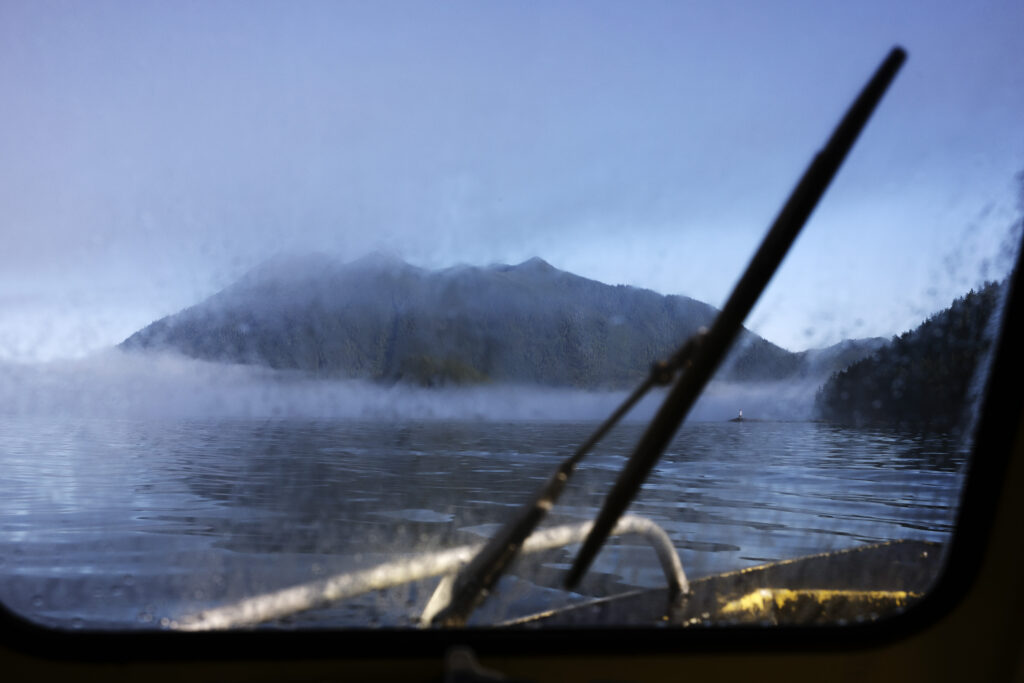
While the funding has been critical to the restoration work done in areas selected by the three nations, Hutchinson said the $1 million is a drop in the bucket when you consider the work needed to restore habitat damaged by logging all across Clayoquot Sound.
Last year, the Forest Practices Board — B.C.’s forestry watchdog — found logging practices across the province were having negative impacts on salmon habitat. In particular the report found forestry roads were leading to increased sediment in salmon-bearing rivers. Elevated sediment can decrease the abundance of plants fish feed on, can smother salmon eggs and can prevent fish from travelling upstream to spawn.
The board also found that existing government legislation around sediment impacting fish habitat is vague, making it hard to enforce effective sediment management.
Charlie remembers when he was a child, the whole Ahousaht community would go out on the water to seine fish. In one day, they would catch enough winter stocks for every family.
Today, it takes a month or two to catch enough fish for winter stocks for everyone, he said.
He still fishes when he can, though the nation has shut down in-river fishing for the next five years to allow as many fish to spawn as possible. His five-year-old son loves fishing.
“He loves salmon, any kind of fish, crabs. But when we catch them and bring them home, he’s like ‘can we just keep them?’ And I’m like, ‘you can’t keep ‘em and eat ‘em, you gotta pick one,’” he said with a laugh.
His children are his motivation for wanting to protect the land, waters and salmon.
“It’s paradise,” he said, sitting on a log and looking out at the ocean. “I want to keep it that way for more generations to come, I want my kids to be out here to be able to enjoy everything I did as a kid. I want them to see the abundance of salmon and other resources we have.”
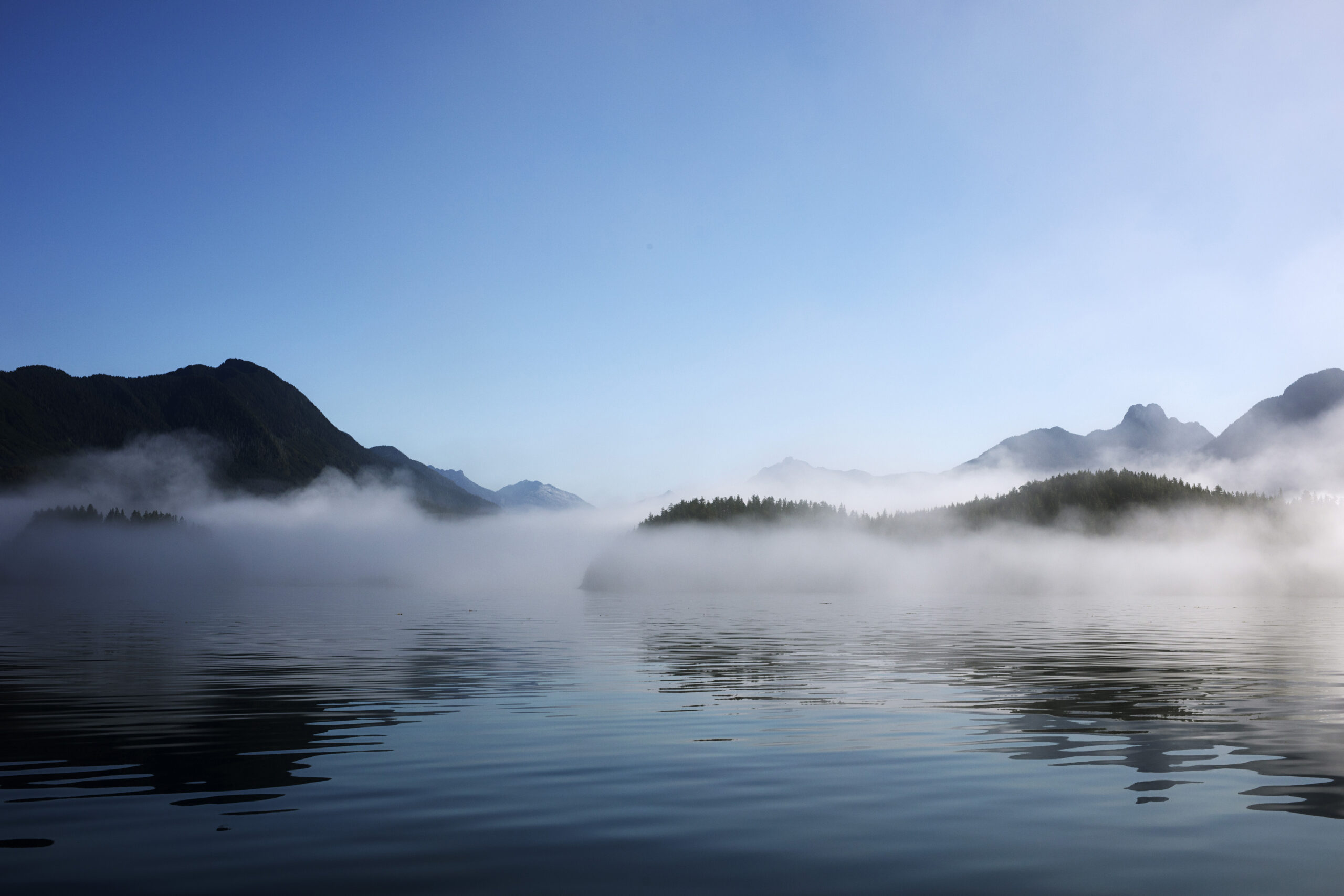
Salmon in B.C. have faced multiple challenges, including habitat loss due to industry, historic overharvesting, climate change and fish farms, which carry disease and sea lice. Hutchinson said the Bedwell River is thought to have supported upwards of 1,600 to 1,900 chinook historically (according to stream counts, traditional knowledge and estimating the stream’s spawner capacity). But last year only 302 returned to spawn, suggesting a decline between 81 and 84 per cent.
“For a salmon leaving the Bedwell River, it’s like a gauntlet dodging fish farms,” Charlie said. A juvenile fish must swim past eight fish farms to reach the ocean.
“For a little fish like that to go through, it’s pretty unbelievable,” he said.
Members of the Ahousaht First Nation have long been involved in protests against salmon farms in Clayoquot Sound.
Fish farms struggle with sea lice infestations due to cramped conditions. Lice can latch on to migrating wild salmon, damaging their fins and scales and causing bleeding. Research conducted by biologist Alexandra Morton and researcher Rich Routledge from Simon Fraser University found the vast majority of juvenile pink and chum salmon, 97 per cent and 88 per cent respectively, infected with a motile louse died. A June 2020 study by Morton, using data published by salmon farming companies Mowi, Cermaq and Grieg, found that 37 per cent of salmon farms exceeded sea lice limits this spring. A separate September 2020 study found that salmon farms in B.C. regularly under-count sea lice infestations.
In March, Norwegian salmon farming company Cermaq, 14 of 20 salmon farms in Clayoquot Sound, applied for a provincial permit to dump nearly one million litres of a sea lice pesticide into the region’s waters to deal with ongoing infestations.
Several salmon populations have declined by over 80 per cent within Clayoquot Sound, Hutchinson said. The Tranquil River in Tla-o-qui-aht territory historically saw 35,000 Chum returning in the 1950s, but saw only 5,391 returned this year.
When it comes to wild salmon populations, it’s a competition of “which one is doing the worst,” she said.
“Unfortunately, it’s a race to the bottom.”
Habitat restoration is “low-hanging fruit” to assist salmon immediately while things like policy change around forestry practices, climate change, hatcheries and aquaculture take longer, Hutchinson said.
“Every salmon nest (which is called a redd), contains upwards of several hundred to several thousand eggs. If we can protect that one redd and help it produce as many fish as possible, that alone can be key to significantly changing our annual returns,” she said.
But right now, because of the state of the watershed, the rivers can represent a threat to returning fish, rather than a safe refuge. “These watersheds in a degraded state are actually a sink for coho salmon,” she said.
But the work in the Bedwell River is turning that trend around. Hutchinson said their team with the Ahousaht saved more coho in the river than returned to during the entire previous year.
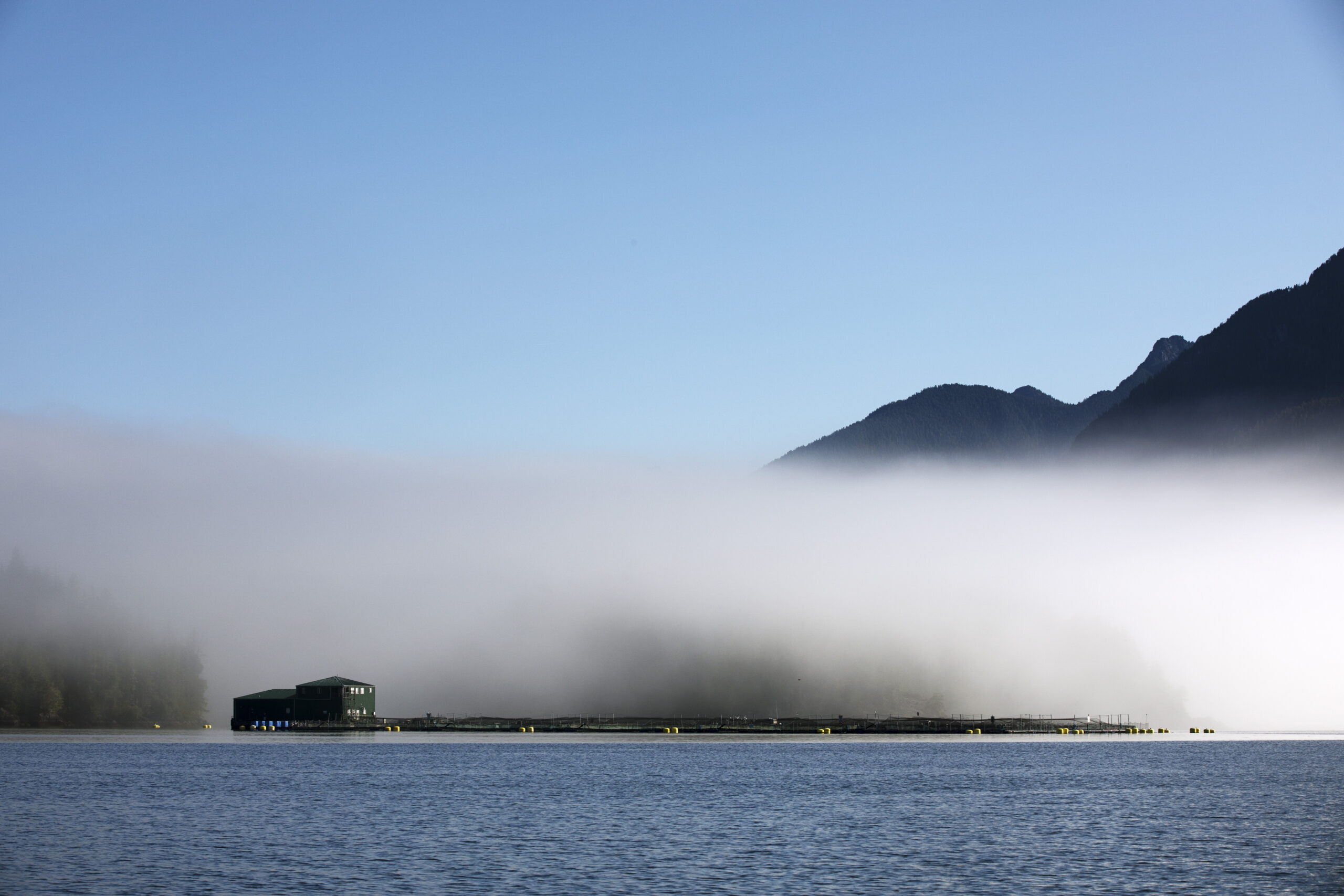
Smulders said keeping salmon healthy is central to the health of the whole watershed.
Salmon feed invertebrates in the streams and whales in the ocean, and many other species. They bring back marine nutrients from the ocean, so that when they spawn and die, they act as fertilizer in the watershed. When bears, eagles and wolves drag salmon carcasses into the forest, they fertilize trees, giving back to the very trees that stabilized the stream they grew up in.
“A cedar tree now has these amazing marine-derived nutrients that help to make it grow into a huge, beautiful tree,” Smulders said.
Hutchinson explained restoration is not just building some pools, but restoring processes that should be naturally occurring, and the work should be led by local First Nations. She said more money needs to be put into restoration.
“We need to invest in restoration like we invested in resource extraction so many years ago,” she said.
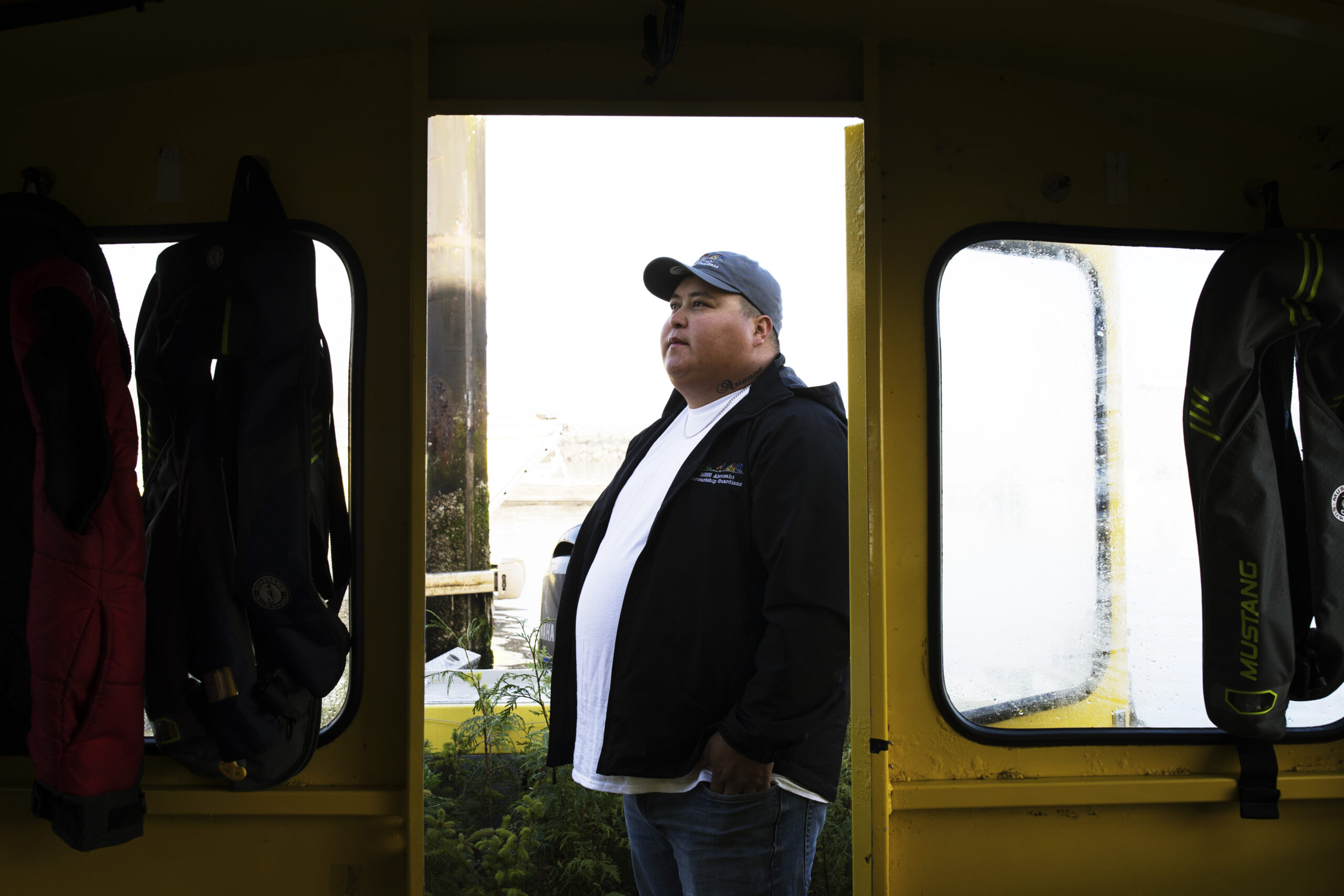
A July study called Working for Watersheds, published by the BC Freshwater Legacy Initiative, the POLIS Water Sustainability Project and the BC Water Funders Collaborative, found there is a huge social and economic benefit in supporting the ‘watershed sector,’ which is defined as “jobs that directly support better outcomes for healthy watersheds.” The report’s analysis found the watershed sector supported more than 45,000 jobs in British Columbia in 2019 through restoration efforts, urban and industrial water management and educational programs.
The report writers advocate the province establish a $100 million per year Watershed Security Fund to help grow the sector.
“From agriculture, to tourism, to mining, to clean energy, the province’s economy and wealth directly depend on clean fresh water and functioning watersheds,” the report reads.
The report estimated that if the status quo continues, the watershed sector is set up to add 7,400 new jobs and contribute $767 million to B.C.’s gross domestic product by 2030. But if the province launched a Watershed Security Fund for ten years, it predicts that would create an additional 13,000 jobs and contribute an additional $1.3 billion to B.C.’s gross domestic product by 2030.
“As British Columbians suffer from the impacts of wildfires, heat waves and droughts, communities will continue to see threats to water security. We cannot afford to wait and must protect water and watersheds in communities throughout B.C.,” provincial Green Party leader Sonia Furstenau said in a statement responding to the report.
In an Aug. 31 press release, the Ministry of Environment and Climate Change Strategy promised that the 60 Healthy Watershed Initiative projects undertaken this year with the province’s $27 million stimulus will “contribute to B.C.’s commitment to develop a Watershed Security Strategy and Fund,” and that nature-based climate solutions are part of its draft climate preparedness and adaptation strategy it will release in 2022.
To keep salmon and the watershed healthy, Charlie would like to see a transition from fish farms to more sustainable aquaculture like oyster, mussels and kelp farms, with First Nations getting the chance to be leaders in these industries. He also wants to see more funding for Indigenous stewardship and more Guardians hired.
“I want to keep what we have — just the love of the land, knowing where you come from,” he said.
Charlie said restoring Bedwell Sound is significant for him because it was once home to the Ahousaht village Huuʔinmitis, where his great-great-grandfather was born and raised. Ahousaht people later gathered to live on Flores Island northeast of Tofino.
“It’s always a little surreal going up and doing what we’re doing and trying to keep the ecosystem running, knowing that that’s what they were doing thousands of years ago, and my grandfather … and knowing I’m walking on the same land he did, doing essentially the same things they did,” Charlie said.
And Charlie has high hopes for the Bedwell River, because he has seen the positive impacts of restoration elsewhere. After restoring Anderson Creek in Ahousaht territory with the Central Westcoast Forest Society, he said the creek was “like night and day.” They built pools, spawning beds and riffles. He said they stood in silence and just took the scene in.
“I think it’s the perfect place for salmon to go now,” he said.
“It’s just a matter of waiting.”
The Narwhal’s When in Drought series is funded by the Real Estate Foundation of BC, which administers the Healthy Watersheds Initiative, and the BC Freshwater Legacy Initiative, a project of the MakeWay Foundation. As per The Narwhal’s editorial independence policy, no foundation or outside organization has editorial input into our stories.
Get the inside scoop on The Narwhal’s environment and climate reporting by signing up for our free newsletter. On a warm September evening nearly 15...
Continue reading
From disappearing ice roads to reappearing buffalo, our stories explained the wonder and challenges of...

Sitting at the crossroads of journalism and code, we’ve found our perfect match: someone who...

The Protecting Ontario by Unleashing Our Economy Act exempts industry from provincial regulations — putting...
